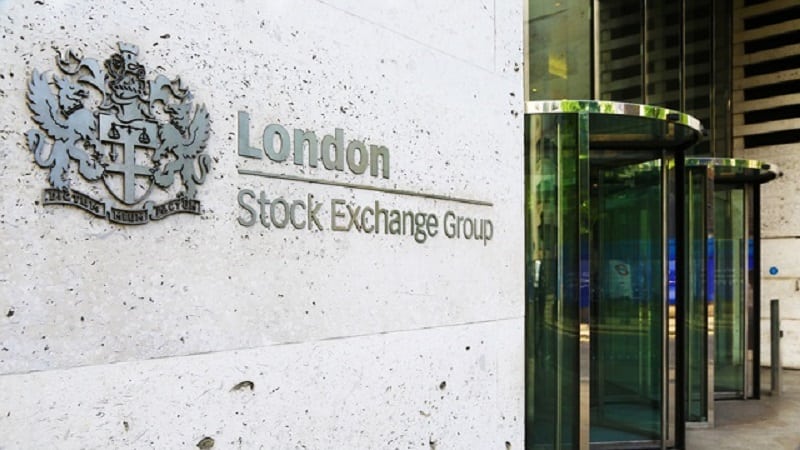At around £11.9bn (as of January 2025), IA Sterling High Yield is one of the smaller sectors within the Investment Association. Funds here must invest at least 80% of their assets in sterling-denominated (or hedged back to sterling) below BBB- fixed-interest securities. The category can be popular with investors seeking a higher level of income, but this does not come without risks, and the market sits towards the risker end of the IA’s fixed-income offerings.
The capital depreciation that can be experienced by the bonds, for both market and idiosyncratic reasons, can be substantial. Therefore, investors should always keep a long-term mindset of at least five years.
It is striking to note it has been several years since any new funds launched in this category, which may be indicative of a lack of investor interest, despite strong performance relative to other areas of fixed income during this period.
Investors should use caution when considering a passive option within the asset class. Fixed income benchmarks determine index weights based on outstanding debt levels. Therefore, passive high-yield fixed-income investors’ largest allocations would be to the most indebted and potentially most vulnerable companies.
In addition, structural issues can lead to index underperformance through time, such as the high trading costs of the bonds, given they trade over the counter. Related to this, indices assume full allocation to new issues, which is difficult for active or passive managers to replicate.
Although it is not a given, active managers should be able to add value via fundamental credit analysis, conducting in-depth research to assess the credit worthiness of issuers to aid stock selection.
Additionally, active managers can adjust portfolio allocations based on macroeconomic trends and relative value opportunities.
Bonds have an asymmetric return profile (more downside risk than upside potential), and therefore a high level of risk management is crucial in the high-yield bond space. This is a characteristic that should bode well for active high-yield fund management. It does not automatically result in active managers outperforming, but the more skilled in the sector should be able to add value over the long term.
Macro picture
December 2024 marked the largest number of interest rate cuts in G10 nations since March 2020. However, uncertainty regarding the path of interest rates persists, given inflation remains sticky, which is feeding into a potentially higher-for-longer narrative. In addition, risk assets have recently been roiled by concerns over a potential trade war, given the rhetoric emanating from the US.
In terms of the high-yield asset class, default rates are expected to remain low given solid fundamentals, but this could be impacted if we were to enter a marked economic slowdown, or even a full-blown global recession. Therefore, this is a key risk that remains in play.
In addition, increases in volatility would have a negative impact on credit spreads, given they are currently at relatively tight levels. The tightness in credit spreads has been a hot topic of debate among investors, with some feeling the asset class is expensive, while others point to the attractive all-in-yields still being provided. Attractive yields and the still relatively attractive income on offer do provide some cushion if credit spreads widen.
From a technical perspective, support is also provided by the issuance of high-yield bonds being relatively subdued, while demand remains robust. This picture is expected to remain in place throughout 2025.
Positive performance
High yield bonds have performed well relative to other areas of fixed income in recent periods. Looking back over the past couple of calendar years, the sector added 10.9% in 2023 and 8.7% in 2024. These returns were ahead of both the IA Sterling Corporate Bond and IA UK Gilts sectors. Returns for the asset class have been driven by a combination of credit spread compression (capital appreciation) and the high income that has been on offer.
The asset class has also been less sensitive to interest rates moves, given its lower duration profile. As mentioned previously, a strong technical picture with demand outpacing supply has also provided good support to returns.
Positive performance has carried on into 2025, with the sector up by 1.9% (as at end of February), again ahead of both the IA Sterling Corporate Bond and UK Gilts. Managers acknowledge that returns of the prior calendar years are unlikely to be matched in 2025 but still expect robust returns. However, given the tightness in credit spreads, this is more likely to be driven by income, or in other words by ‘clipping the coupon’.
Read the rest of this article, plus Henry Wix-Pollard’s funds to watch by assets under management, three-year performance and newcomers in April’s Portfolio Adviser magazine










